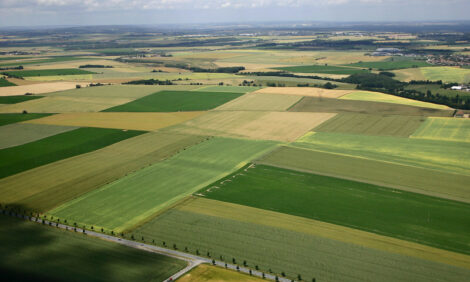



Irish Grass-Based Milk Production Has Small Carbon Footprint
IRELAND - “Milk production from temperate grass-based systems has the lowest carbon footprint of all dairy production systems,” according to a Life Cycle Analysis report published by the FAO.The report which includes collaborative input by the International Dairy Federation (of which Ireland is a member) looks at emissions associated with milk production in contrasting production systems and regions.
It highlights that the global average emissions associated with milk production are 2.4 kilogram CO2 equivalent per kg of milk, while average emissions associated with temperate grass-based systems are as low as 1.5 kilogram CO2 equivalent per kilogram of milk. All emissions associated with milk production were included in the analysis from the manufacture of off-farm inputs, on farm emissions as well as emissions associated with product manufacture and distribution to the retailer.
Commenting on the report the Teagasc greenhouse gas working group stated that while they had some reservations about the application of the methodology to calculate emissions, the results highlight the benefits of grass- based milk production in contributing to reduced emissions from the dairy industry. This report supports the work currently being carried out by Teagasc to develop mitigation strategies to further reduce GHG emissions from milk production systems.
Teagasc has calculated that the current average emissions associated with milk production in Ireland is 1.27 kilogram CO2 equivalent per kilogram of milk and has highlighted key areas where additional gains can be made to help reduce emissions further. Such further reductions will increase the competitiveness of milk production from Ireland in the context of GHG emissions. These technologies centre on increasing the length of the grazing season, increasing herd EBI, increasing nitrogen efficiency and slurry use efficiency. In addition, Teagasc is investigating the potential for grassland to sequester carbon, which was highlighted in the FAO report as having large potential in reducing emissions.
Teagasc is hosting an international conference entitled “A Climate for Change” at the Mansion House in Dublin on Thursday and Friday, 24 and 25 June to discuss the potential for Irish agriculture to contribute to the global food production, while simultaneously reducing the GHG footprint.
TheCattleSite News Desk


